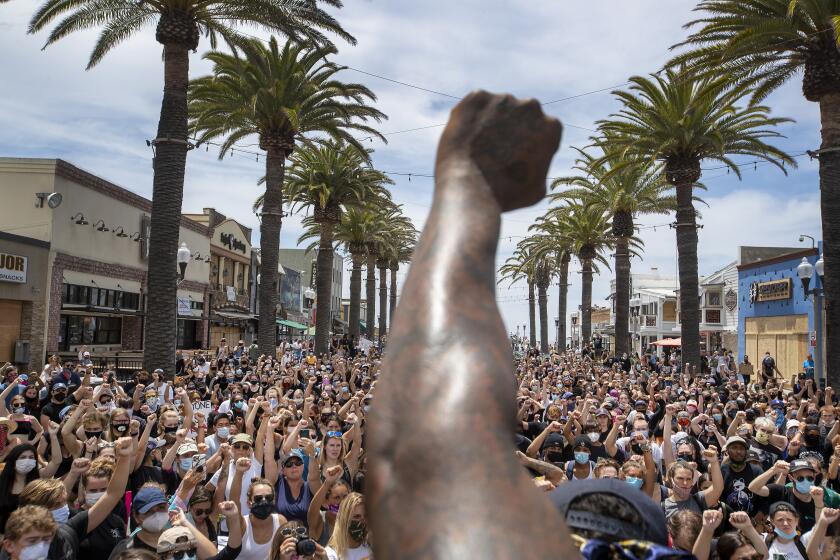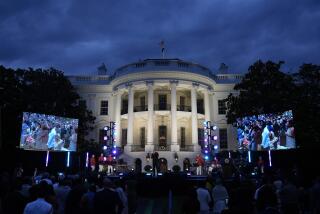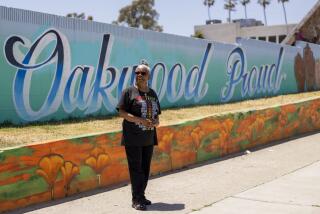What Juneteenth means to me: novelist Paula Woods on the holiday’s history and her own
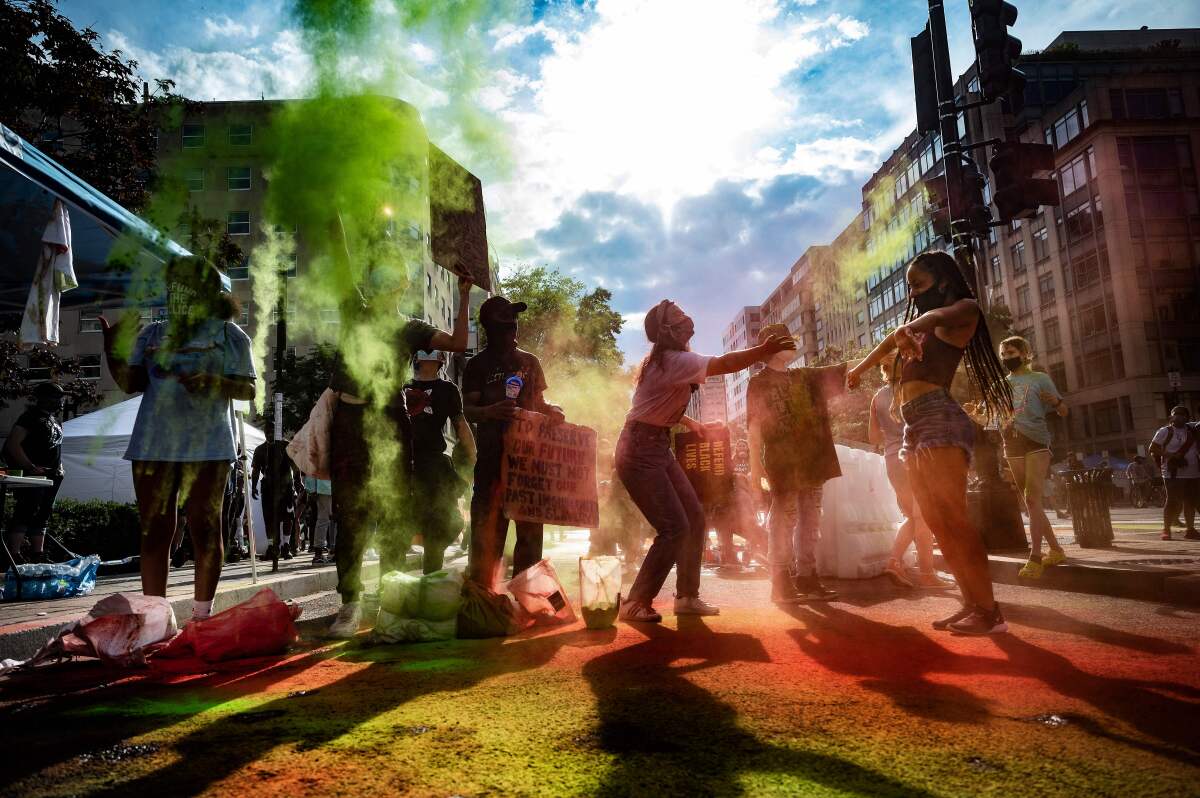
- Share via
General Order No. 3, prepared on June 19, 1865, by Maj. Gen. Gordon Granger in Galveston, Texas, announced the end of legalized slavery in the state. This was some two years after the Emancipation Proclamation and two months after Gen. Robert E. Lee’s surrender at Appomattox. In “On Juneteenth,” historian Annette Gordon-Reed describes the event as a source of great pride statewide and considers the move to make it a national holiday a tribute to the exceptionalism of Texas in every respect. (Though in the wake of last year’s social justice protests, it has also become an opportunity for commercialization.)
In addition to providing a context for an event that has become a touchstone for Black celebration, “On Juneteenth” is also a Black Texan’s potent examination of history through the lens of personal memoir. Tellingly, Gordon-Reed confesses to a twinge of mild annoyance “when I first heard that others outside of Texas claimed the holiday.”
I must admit I shared her initial puzzlement, but for other reasons. Coming from a family of transplanted Southerners, I didn’t grow up with any kind of personal connection to this red-letter day. My parents migrated to Los Angeles from Arkansas and Missouri, and their circle of friends hailed from places like Louisiana, Mississippi and Puerto Rico, so Juneteenth celebrations were not a part of our summer rituals. We didn’t celebrate Juneteenth in school in Compton, where I grew up and where the school year ended a few days before the 19th. I suspect the deeper truth is that back in those days it was rare to find much celebration of Blackness in my integrated Compton high school; the South L.A. suburb was in the final throes of white flight that started in the 1950s when my parents moved there from Watts.
While there was surely acknowledgement of Black History Week — established in 1926 — at my A.M.E. church, calendars didn’t commemorate specific dates in Black history. (Martin Luther King Jr.’s birthday was celebrated only after his assassination in 1968; the first Black History Month commemoration was organized at Kent State some two years later.) In our home, history was shaped by a sense of struggle and triumph over a dark tide of racial atrocities. One of the foundational stories my father told me involved being suddenly uprooted, at 16, from his home in Batesville, Ark., in 1925. A white kid had called my father the N-word, which resulted in a fight that the white kid did not win. A local Klansman, one of many who had their horses shod or their cars repaired at my grandfather’s blacksmith/auto repair business, did him the courtesy of coming by that afternoon to inform him a lynching party was coming for his only child.
Scott Ellsworth talks about ‘The Ground Breaking,’ a new follow-up to “Death in a Promised Land,” his pioneering 1982 exposé of atrocities in Tulsa.
Although I’ve since learned that lynchings were not as prevalent in Arkansas as in other states, my grandfather, born in 1887, would have heard the horror stories of homicidal whites invading Black communities in East St. Louis, in Tulsa and, much closer to home, in Elaine, Ark. That was where hundreds of Black people, according to estimates, were murdered in a 1919 massacre intended to squelch a nascent sharecroppers’ union. (The horrors and economic devastation of Tulsa notwithstanding, some argue that Elaine remains among the deadliest massacres of Black people in U.S. history.)
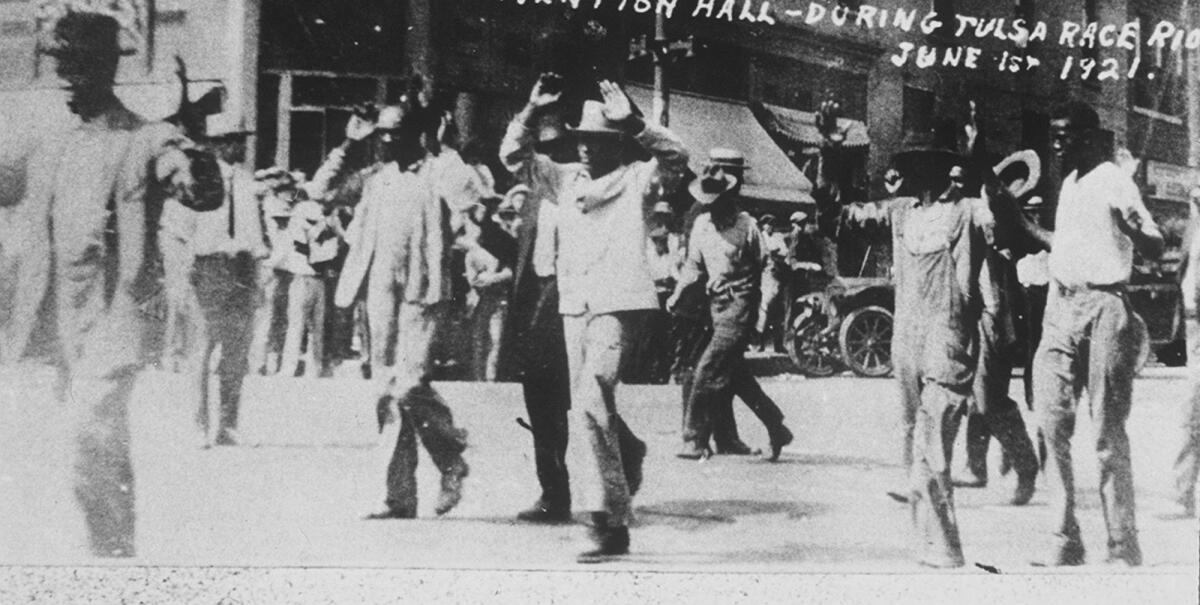
My grandfather, I’m told, was grateful for the heads-up because it gave him a few precious hours to rush home, pack the family’s Model T with as many of their belongings as it would hold and escape with his wife and son. My grandfather was 38 years old, young by today’s standards, but he’d already outlived the life expectancy for a Black man of his generation by five years. His desire for a better, longer life for my father, Isaac, drove him to settle in Los Angeles, where he established a similar business in Watts that endured for some 50 years.
So, no, Juneteenth was not my most formative commemoration of Black history. It doesn’t even come second. That spot belongs to Aug. 11, 1965, the day after my father’s birthday, when a traffic stop of 21-year old Marquette Frye escalated into police violence, sparking a conflagration that killed 34 people and destroyed some $40 million in property ($334 million in today’s dollars), mostly in Black and brown communities. (Woods’ Auto Parts, at 108th Street and Compton Avenue, was spared.) I remember riding with my father to check on his business some days after the violence started and being caught on a side street between approaching National Guard armored cars and community residents, who’d used a car to block the other end of the street, rifles and baseball bats at the ready.
The reframing, at last, of those so-called riots as rebellions is the central premise of a fascinating new book by Elizabeth Hinton, “America on Fire.” A timeline at the end of Hinton’s book, listing hundreds of rebellions in Detroit, Harlem, Long Beach and even Stockton, is an overwhelming chronicle of more than five decades of Black outrage, much of it driven by police violence. Finding my Watts in its pages brings L.A.’s painful history back to me in a way that is both frustrating and affirming — a feeling I imagine Greenwood’s survivors and residents share as the horrors of the Tulsa massacre are commemorated in documentaries and a recent presidential visit.
Walter Mosley, Luis Rodriguez, the coiner of #BlackLivesMatter and others sketch a hopeful future for L.A. and the U.S. after George Floyd protests.
My first real memory of Juneteenth was from a Black studies class at USC. The injustice of Black people kept ignorant of their own freedom for years seemed consistent to me with the “divide and conquer” strategy I’d seen deployed throughout history — for instance in encouraging house slaves to feel superior to those in the fields, or in separating the goals of civil-rights integrationists from those of the radically transformative Black Panthers.
My personal history, or yours, should not obviate our collective duty to commemorate Juneteenth this year or to understand it as an important milestone in the winding down of institutional slavery. It became one of over 1,500 entries on Black history and achievement that Felix Liddell and I curated into an “African American Book of Days,” published almost 30 years ago. Back then, I was driven to collect little points of light in the dark history of racism — and to fill in the gaps in those “mainstream” books of days that overlooked the Black presence in history, literature and the arts.
It was our great joy to include images of African American fine art, to commemorate exhibits such as LACMA’s landmark 1976 show “Two Centuries of Black American Art,” to juxtapose that long overdue announcement in Galveston with the moment, two years later, when P.B.S. Pinchback — briefly the first Black governor in the U.S. — urged Blacks to use their right to vote. Or to discover one of the earliest Black crime fiction writers, Rudolph Fisher, which eventually led me to edit a mystery anthology, write my own mysteries and become a book critic. But specific dates of Black exceptionalism should not lull us into forgetting the darker commemorations or the fact that we as a nation still have a lot of work to do to ensure our collective freedom and preserve our democracy.
For me, celebrating Juneteenth is about recognizing one small step in reclaiming our complete history. As Congress passes a bill to make it a federal holiday, my only hope is that Juneteenth’s deeper message of emancipation, its connection to the ongoing quest for Black freedom and equity, isn’t lost in the inevitable onslaught of “Juneetenth Celebration and Sale” events that surely await us.
The meaning of Juneteenth is evolving for chef Ray Anthony Barrett after a year of travel and healing.
What will I do this Juneteenth? With drink ideas culled from the recent L.A. Times Food Bowl discussion of Black foodways for the holiday (the traditional red soda water is not my thing), I plan to dig into Hinton’s book, reread Jessica B. Harris’ classic culinary history “High on the Hog” and savor the fascinating Stephen Satterfield Netflix series it inspired. I will crack open Carol Anderson’s new book, “The Second,” about the surprising racial history of the Second Amendment. And should the nonfiction get too heavy, I can revisit Jewell Parker Rhodes’ deeply affecting novel of the Tulsa Massacre, “Magic City,” newly reprinted with an author’s note on the centenary of the tragedy.

Juneteenth, along with every other significant date — joyful or otherwise, public or private — can help us reframe and refresh our country’s selective memory of American history. They are all important reminders that, as Emma Lazarus said, “Until we are all free, we are none of us free.”
Woods is a book critic, editor and author of several anthologies and crime novels.
Emergency room doctor Michele Harper, author of ‘The Beauty in Breaking,’ joins Times readers on June 29
More to Read
Sign up for our Book Club newsletter
Get the latest news, events and more from the Los Angeles Times Book Club, and help us get L.A. reading and talking.
You may occasionally receive promotional content from the Los Angeles Times.
